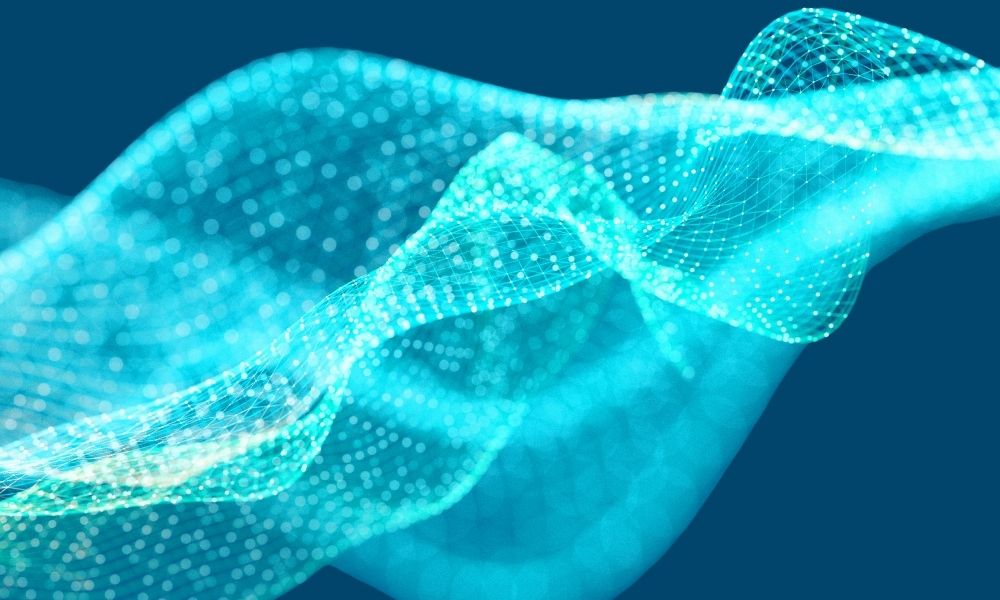Over the course of February, the fund declined by 1.37% as markets continued to fret about the possibility of a recession, the propensity of the Federal Reserve to trigger one or that it’s the inevitable result of the US and European banking system struggling to adjust from years of abnormally low interest rates.
With the benefit of hindsight, last year was characterised by a number of significant global macro trends in interest rates, commodities and supply chains that were still adjusting to Covid distortions. Broadly speaking these have now normalised with the possible exception of inflation, which remains stubbornly high in the US and Europe. China has reversed zero-Covid, the de-stocking of excess inventories in the tech sector appears to be nearing an end and energy prices are back to where they were before the Russia-Ukraine conflict.
The general observation one can make from this is that this year investment returns are much more likely to be determined by regional or stock specific factors – idiosyncratic returns. As a bottom-up fund with no alignment to benchmarks we are perfectly comfortable with this dynamic. But to give a clearer idea on how it manifests in our portfolio, over the next few months I’m going to profile some of our holdings in a bit more detail. To keep it simple this month we’ll take a look at the two extremities of our portfolio:
Our largest position is the Hong Kong listed Citic Telecom. This is a very unusual telco in that it’s become the near monopoly service provider to companies and residents of Macau. It’s well managed and offers an excellent service to its customers, evidenced by a 99% market share in broadband. With a network delivering 100% fibre to all buildings, Macau has the fastest download speed in the world (an average of 262Mbps).
Despite Covid lockdowns, deserted casinos and zero tourism, last year it still managed to grow profits by 10% by offsetting the decline in enterprise and mobile roaming with significant growth in broadband revenues and new SMS services relating to on-line payments and two-factor authentication.
This year will see the resumption of highly profitable roaming revenues as business returns to the casinos of Macau, as well as new 5G services. The service was launched in November last year and as the only local provider, by mid-March this year a third of their subscriber base had already migrated to the higher margin product.
The company has grown earnings for five consecutive years and raised its dividend every year since 2012 whilst also reducing gearing to just 20%. For 2022 the company paid a dividend of 9.2% (based on year-end prices) and being domiciled in Hong Kong we pay no withholding tax. Despite having rallied 23% this year it’s still valued on just 9x earnings.
At the other end of the spectrum is our smallest company, Merafe which is in South Africa. Although it has a market cap of just $200m it’s the quoted entity of the largest ferrochrome producer in the world.
Ferrochrome is a metallurgical miracle, most commonly added to carbon steel to make stainless steel for which demand is growing on average at 5% a year. South Africa happens to have over 70% of the world’s ferrochrome reserves, dominated by the Glencore-Merafe Venture.
The company’s main asset is a 20% stake in this venture and as Glencore operates the mines and smelters, the main role for Merafe’s management is to be a good steward and to pay out excess free cash to the shareholders.
It’s two main shareholders are Glencore, and the IDC (Industrial Development Corp), a South African state entity whose remit it to support the development of locally owned and BEE empowered companies, with much of its funding coming from the dividends of companies like Merafe. Together they own 51% of the company and provide excellent corporate governance oversight and alignment of interests with other minority shareholders.
Last year was very challenging for the company with zero-Covid impacting demand from their main Chinese customers, combined with power shortages (a major issue in the country) which ramped-up costs significantly. Nevertheless, the company still generated a 35% free cash flow yield and has just confirmed their full year dividend giving a yield of 20%. The company trades on 3x earnings and has net cash on the balance sheet.
This year could see demand pick-up as China re-opens, but more importantly the company is in negotiations to replace a significant proportion of the failing Eskom power with cheaper solar power. With more reliable energy the company will be able to refine more ore (rather than export it) and reduce costs. The operational leverage of this will be very significant and over the coming years we could see a dramatic increase in profits and dividends, which also has the potential to drive significant capital appreciation.
As the fund launched less than a year ago we have certain regulatory restrictions on what we can include in this factsheet, so if you would like to know more about the portfolio or any of the other topics covered in this commentary, please get in touch with our representatives.



